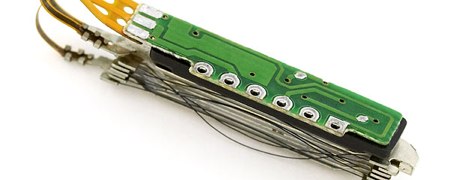
As cigar aficionados will tell you, cigars should be stored in climate controlled humidors to keep them in best condition for smoking. Most of the time a humidor is just a simple air-tight box with a hygrometer attached, which measures the relative humidity inside the box. Feeling as though he needed more control over the environment he kept his cigars in, [Justin] created the Tweetidor, a humidor that tweets its current temperature and humidity. Yes, you guessed it; the project is built around an Arduino. It’s a simple, useful project that is well documented and would be fun to recreate if you’re into cigars (and not tired of Twitter or Arduinos yet.) Combine this with the laser lighter and you’ve got a pretty nice setup.
















